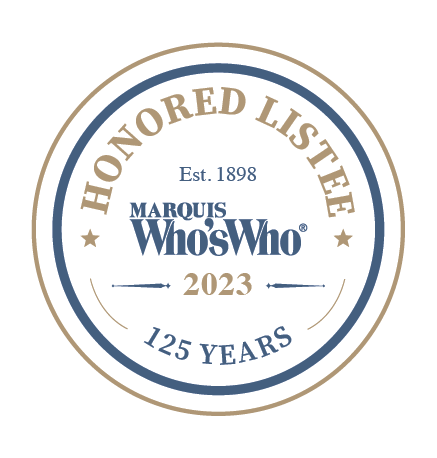


The main goal of this first phase is to assess risks and vulnerabilities throughout your business. Risks can stem from your operational process, the people who have access to your data, and the technology your company uses.
Risks may stem from your business processes or data, technology in use at your company, and the people who have access to your data. Our team analyzes the data lifecycle of your organization’s sensitive information. Sensitive data includes personally identifiable information (PII), employee records, protected health information (PHI), financial data, and your firm’s intellectual property (IP).
The data lifecycle begins with information entered manually, captured on devices, or acquired from external sources. Next, the data gets stored, used, and often shared. Later in the lifecycle, organizations typically archive, purge, or even destroy the data. Risks may be present throughout the data lifecycle. We can perform these assessments of key cybersecurity risks at your company:
We evaluate whether your business complies with the regulations and standards that apply to your business. Understanding and addressing issues found can avoid getting fined by the regulatory authority for non-compliance. Fines can be extensive.
If your company sells software, we can evaluate your development process to design, build, test, and release software and identify any security risks.
Your vendors are an integral part of your business processes, so collaborating with them to identify and resolve risks can help protect your business.
Security experts often describe vulnerability assessments and penetration testing as “VAPT.” VAPT activities include attempting to gain access to IT networks, systems, or applications and exploiting the vulnerabilities to gain privileged access. We conduct these tests using a combination of automated VAPT tools and manual testing methods.
Here we attempt ethical hacks of outside traffic coming into your organization to understand the vulnerabilities (based on the OWASP standards). We can evaluate IoT and other devices.
For SaaS and PaaS companies that build software products, we can review your software code and evaluate its security. We conduct a secure code review of the QA, testing, and release process for your code and your patch process.
We attempt to gain access to physical space by evading physical security controls.
The result of VAPTs establishes your current state and an initial set of security controls. The lessons learned from these activities help determine how to mitigate the business risks caused by the vulnerability.
An incorrect setting exposes your company to cyberattacks. We can help you prevent that.
Cloud environments present challenging security and privacy issues. The cloud is a shared environment where your company uses hardware and other resources used by other cloud customers. We’ll check that you have correctly configured your account, whether you’re using Amazon Web Services, Microsoft Azure, or the Google Cloud Platform.
We’ll scan your hardware settings and identify any problems.
We can scan Windows and Linux operating systems, SQL databases, and your enterprise applications.
This includes network devices and other endpoints such as?
At the end of the Assessment phase, we document the results in an Assessment Report. The report describes your internal and external risks, threat levels, and actionable steps to resolve the issues.
The next step in most engagements is Responding to Risks Identified and Remediating Vulnerabilities.
SecureFLO offers a comprehensive offering that includes all three categories of our services (Assess, Respond, and Protect). We can be your outsourced, on-demand Chief Information Security Officer (CISO).
Depending upon your industry (and sometimes even your location), specific regulations and standards apply. Regs and standards can be confusing and complicated, but SecureFLO helps you navigate them successfully. Below are examples:
1. Healthcare providers, insurance companies, vendors, and contractors must comply with HIPAA.
2. Companies doing business in the European Union (EU) or accessing EU user data must comply with GDPR.
3. Companies in the payment cards industry are subject to PCI DSS.
4. If you are a financial service firm based in or with a branch located in New York (or are a third-party supplier to them), you have to comply with NYDFS’ 23 NYCRR 500.
5. Contractors working within the US federal supply chain must comply with DFARS.
6. If your firm provides products and services for the US defense industry supply chain, you must comply with department of defense (DoD).
7. Software-as-Service (SaaS) and Platform-as-a-Service (PaaS) solution providers must comply with the standards and regulations applicable to the industries they sell to. Their prospective customers may request (or require) that the SaaS and PaaS providers be SOC compliant before they purchase their products and services.
8. Organizations seeking to implement best practices for cybersecurity and privacy compliance controls and governance as part of their risk management strategy may utilize the NIST Cybersecurity Framework.
9. Organizations that access, collect, and manage customer and personal information may want to consider getting ISO 27001 certification, also widely viewed as a best practice along with NIST.
Other standards assessments are available (ex. COBIT, CAIQ, VSA, SIG). SecureFLO aims to help you gain a holistic view of the cybersecurity & privacy challenges from your technology infrastructure and business operations.
To learn more about security and privacy regulations and standards, have a look at our FAQs.








